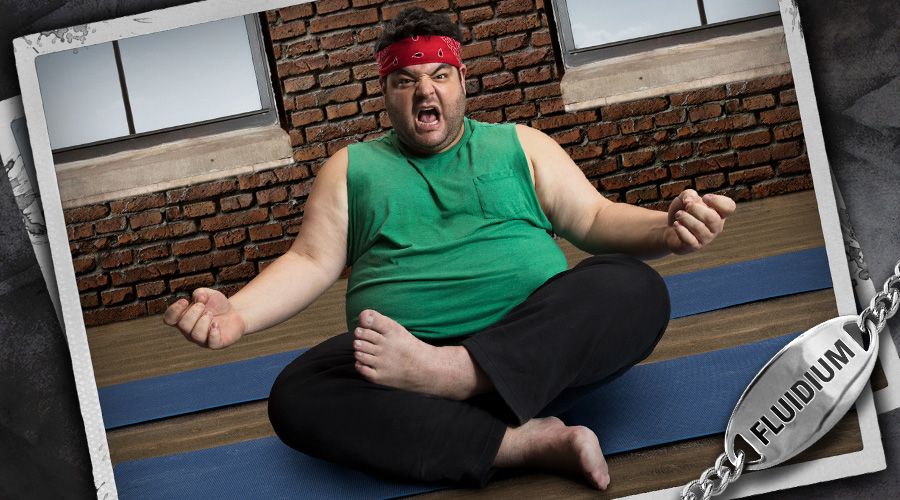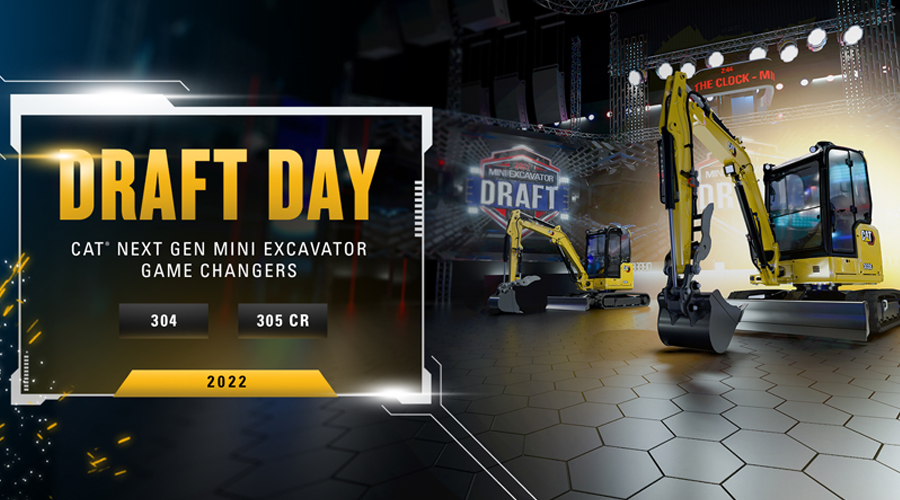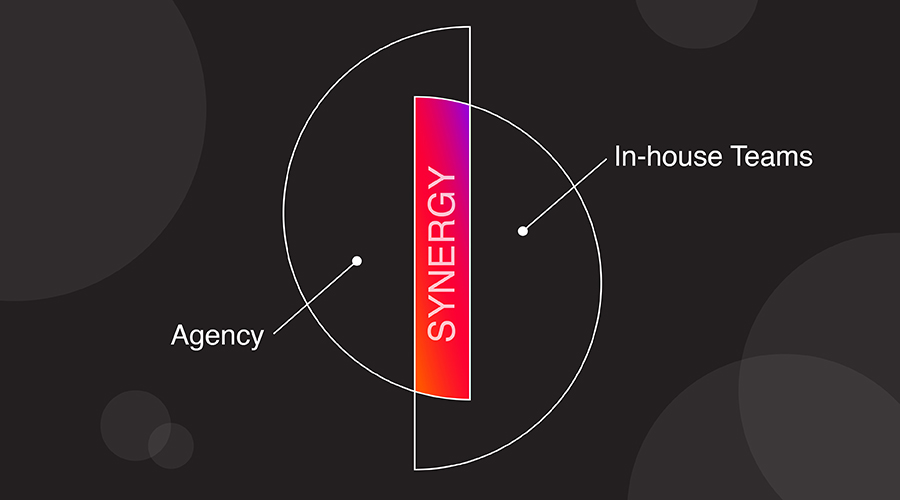Think about the last really great piece of marketing you saw. It might have been a commercial that made you laugh, a billboard that made you look twice or a website that drew you in. For whatever reason, the messaging and visuals stuck with you. Chances are, it used a combination of creative and informational marketing to get its point across effectively.
Creative marketing uses a blend of things like characters, animation and/or storytelling to communicate with consumers in a memorable way, evoking an emotional response that leaves them humored, sad, inspired, angry or any number of emotions. Informational marketing clearly lays out the features and benefits of a brand, product and/or service so that customers are well-informed on the practical outcomes they will get by choosing that brand.
While the importance of informing potential customers about your brand is obvious, the importance of telling your story creatively is a little less, well, black and white. But we are a creative bunch at Simantel, and we’re also big data people – so, we turned to the research to find out: Does creative marketing really make a difference to potential buyers?
Creativity>Emotion>Profit
When a brand message taps into consumers’ emotions, it has the potential to leave a lasting impression. But does that impression lead to action? According to IPA (Institute of Practitioners in Advertising) data – which contains three decades worth of successful advertising campaigns submitted for the IPA Effectiveness Award competition – the answer is yes.
Research from the 1400 case studies in the IPA databank showed that creatively awarded campaigns delivered an ROI 11x greater than non-creatively awarded campaigns.
Taking it a step further, when comparing the profitability boost of campaigns with purely emotional content with that of campaigns with only informational content – purely emotional campaigns saw almost double the profitability boost (31% vs. 16%). Even when campaigns were equal parts emotional/informational, purely emotional campaigns still resulted in a greater profit increase (31% vs 26%).
“When you think about the effects of tapping into emotion in marketing, you’re getting into the art of what we do as creatives,” says Simantel Creative Director, Zack Stackle. “Sure, we want to sell whatever we’re marketing, but to be truly memorable, you have to tie emotion into what you’re saying. That’s when you really connect to your audience.”
So, if creative marketing plays into consumer emotions – and playing into consumer emotions increases profitability – then the link between creativity and profitability is pretty hard to deny. But why exactly does this happen?
Enter Fame Campaigns
Whether your generation refers to it as “going viral,” “the buzz effect” or even a “fame campaign,” there’s no denying that these massively popular pieces of content are directly linked to both higher creativity and more effective marketing.
Advertising that invokes emotions like happiness or inspiration – or even sadness or frustration – inspires people to share and connect – with each other and with brands. And because it does, it means highly creative advertising can generate far more buzz than purely informational advertising can. And in today’s world, this can happen with the click of a button.
“Reaching customers at an emotional level became even more important with the explosion of smart phones and social media,” says Van Burnett, Creative Director at Simantel. “That changed marketing forever, because you’re not just competing with the brands next to you now — you’re competing with anything and anyone on a social feed that grabs attention. Whether it’s a viral video making its rounds or a hilarious photo posted by a friend — your brand’s content needs to stand up to that.”
But beyond social media and the share button, fame campaigns are also more effective at leading people to act. According to the research, these campaigns produce 2X the commercial gains compared to any other type of campaign when given a similar budget.
Now, marketers would be remiss to slash their budgets when creative is stellar. While some novice brands believe that creative ads don’t need as much budget since the creativity itself will pull the extra weight, this strategy rarely works out for brands long-term. In fact, we’ve seen first-hand what the data shows – the benefits of creativity increase dramatically as the budget rises. And when budget is cut too far, well – the benefits can be lost completely.
“The real challenge (and art) is weaving in value messaging while still grabbing consumers’ attention and making them feel something positive,” Van continues. “If you invest in creative that can do all those things – that’s what inspires people to take the next step.”
Studies: Creatively Awarded Campaigns @Simantel
Now that we’ve gone through the numbers – let’s take a look at how high-creativity has played out for a few of our own clients.
 For one award-winning Caterpillar campaign, we invented an imaginary condition called Fluidium, a widespread issue caused by Cat customers using non-Cat fluids in their equipment. As told through hilariously quirky videos and imagery – by simply choosing Cat Fluids as the antidote, people (along with their equipment) could be back on the road to recovery. The concept featured tongue-in-cheek scenarios of human “performance problems” brought to life by Fluidium sufferers. And the audience loved it. Clickthrough rates to the Cat Fluids web page increased by 125% compared to pre-campaign CTRs. And customers logged more than 7,500 hours of value story education, surpassing the original campaign goal by a whopping 53%. For its creativity and effectiveness, the Fluidium campaign won not one, but two Communicator awards.
For one award-winning Caterpillar campaign, we invented an imaginary condition called Fluidium, a widespread issue caused by Cat customers using non-Cat fluids in their equipment. As told through hilariously quirky videos and imagery – by simply choosing Cat Fluids as the antidote, people (along with their equipment) could be back on the road to recovery. The concept featured tongue-in-cheek scenarios of human “performance problems” brought to life by Fluidium sufferers. And the audience loved it. Clickthrough rates to the Cat Fluids web page increased by 125% compared to pre-campaign CTRs. And customers logged more than 7,500 hours of value story education, surpassing the original campaign goal by a whopping 53%. For its creativity and effectiveness, the Fluidium campaign won not one, but two Communicator awards.
 For Caterpillar’s Draft Day campaign, we mirrored the excitement of a professional sports draft, with an industrial/construction spin, in order to promote five newly updated mini excavators. We created eight videos for CAT Draft Day and used timing (the onset of football season) and a combination of creative and informational messaging to achieve winning results. Laced with humor, loaded with sports verbiage and featuring a memorable, fun call to action – these videos were a hit with potential customers. On Cat.com, 46% of people who clicked on a video watched through the call-to-action – a full 15% better than other videos on the site. Half of all sweepstakes entrants opted in for marketing emails from Caterpillar and 7% of those entrants became actual, qualified sales leads. Draft Day won a total of four awards for its creativity from judges at the Telly Awards, Communicator Awards and Hermes Creative Awards.
For Caterpillar’s Draft Day campaign, we mirrored the excitement of a professional sports draft, with an industrial/construction spin, in order to promote five newly updated mini excavators. We created eight videos for CAT Draft Day and used timing (the onset of football season) and a combination of creative and informational messaging to achieve winning results. Laced with humor, loaded with sports verbiage and featuring a memorable, fun call to action – these videos were a hit with potential customers. On Cat.com, 46% of people who clicked on a video watched through the call-to-action – a full 15% better than other videos on the site. Half of all sweepstakes entrants opted in for marketing emails from Caterpillar and 7% of those entrants became actual, qualified sales leads. Draft Day won a total of four awards for its creativity from judges at the Telly Awards, Communicator Awards and Hermes Creative Awards.
Finally, stealing the show with criminally good results was Caterpillar’s Worksite’s Most Wanted campaign. Simantel and Caterpillar came up with a creative, fun way to make the elements of a job site not just a boring pile of rock, sand, mud or gravel – but criminals with character who were trying to rough-up Cat machinery. The campaign used these characters to show how genuine Cat parts offer extended wear life and reduced maintenance – helping owners and operators stand up to “the elements that want to steal profits.” Consumers loved the hilariously charming character creative, which showed a massive 250% increase in CTR compared to historic media benchmarks – and Caterpillar’s Worksite’s Most Wanted campaign was awarded for its creativity again and again, taking home five awards for character design, animation, video creativity and more from the Telly Awards, Communicator Awards and Hermes Creative Awards.
The Challenge For Advertisers
We now know this to be true: consumers love creativity. And not only do they love it – it leads them to act! That means more cash in the pockets of brands who choose to invest in creative marketing.
So, informed marketer that you are, the ball is in your court. At Simantel, we’ll advocate for more creativity any day of the week. Now that you’ve got the data to back it up – we can’t wait to put our heads together to create some magic.








